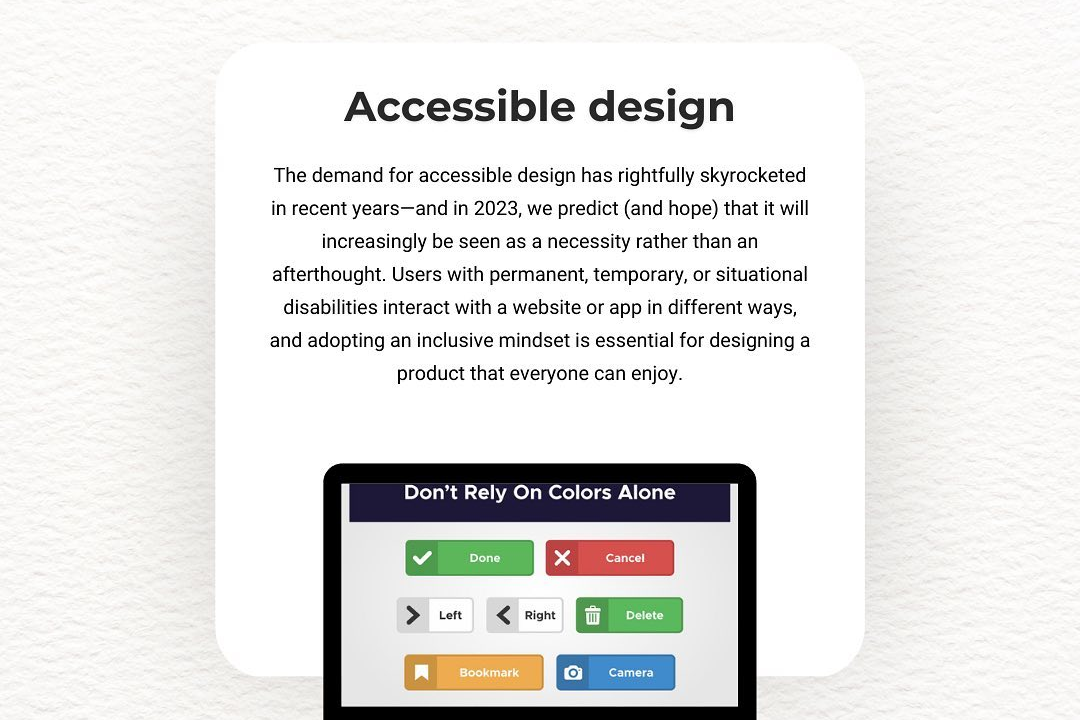Java Authentication Methods
Exploring Java Authentication Techniques
Java Authentication Methods
Java offers multiple authentication methods to ensure secure access control and user verification within applications. The primary frameworks for implementing authentication are JAAS (Java Authentication and Authorization Service), which provides a pluggable architecture for user authentication and authorization, and Spring Security, which offers comprehensive security features including authentication, authorization, and protection against common vulnerabilities. Java applications can use various techniques for authentication, such as basic authentication (username and password), token-based authentication (like JWT), OAuth 2.0 for delegating access, and custom authenticators tailored to specific requirements. These methods can work with external identity providers and can be integrated with databases and other storage mechanisms to manage user credentials securely. Additionally, the Java Authentication API allows developers to create and manage secure authentication mechanisms, promoting best practices in user identity management.
To Download Our Brochure: https://www.justacademy.co/download-brochure-for-free
Message us for more information: +91 9987184296
1 - Basic Authentication: A simple method where the client sends credentials (username and password) in the HTTP headers. It is easy to implement but not secure unless used over HTTPS.
2) Form Based Authentication: Utilizes HTML forms for user login. Users enter their credentials in a web form, which is more user friendly. The server validates these credentials server side.
3) Digest Authentication: An improvement over Basic Authentication, Digest Authentication hashes the passwords before transmission, adding a layer of security against eavesdropping.
4) Token Based Authentication: This method uses a token (like JWT JSON Web Tokens) for authentication. Once authenticated, the server issues a token, which is sent with subsequent requests to verify the user.
5) OAuth 2.0: A protocol for authorization, not authentication. It allows applications to obtain limited access to user accounts on HTTP services. It is widely used for social logins.
6) OpenID Connect: Built on top of OAuth 2.0, OpenID Connect provides authentication. It allows clients to verify the identity of users based on the authentication performed by an authorization server.
7) Multi Factor Authentication (MFA): An extra layer of security requiring not just a password and username but also something that only the user has (like a mobile device) or is (biometric verification).
8) LDAP Authentication: Uses the Lightweight Directory Access Protocol to authenticate users against an LDAP directory. This is useful for enterprise environments with centralized user management.
9) Kerberos Authentication: A network authentication method that uses tickets to allow nodes to prove their identity securely. It is commonly used in corporate environments.
10) Certificate Based Authentication: Involves the use of digital certificates to authenticate users. This is common in environments requiring high security, such as banks and secure networks.
11) SAML (Security Assertion Markup Language): An XML based framework for exchanging authentication and authorization data between parties, particularly useful for Single Sign On (SSO) implementations.
12) Spring Security: A powerful authentication and access control framework that provides comprehensive security services for Java applications, enabling various authentication methods easily.
13) JAAS (Java Authentication and Authorization Service): A Java framework enabling services to authenticate users and enforce access control. It provides a pluggable architecture to integrate various authentication mechanisms.
14) JWT (JSON Web Token): A compact, URL safe means of representing claims to be transferred between two parties, where the claims can be verified and trusted because they are digitally signed.
15) Active Directory Integration: A method where Java applications authenticate users against Microsoft Active Directory, allowing for centralized user management in enterprise applications.
16) Security Context: In Spring Security, the security context holds the authentication information of the current user, allowing developers to access and manage user roles and permissions.
17) Biometric Authentication: Using biological characteristics like fingerprints, face recognition, or voice recognition to authenticate users, providing a modern touch to authentication methods.
18) API Key Authentication: Often used for server to server communication, where an API key is provided with requests to validate access without needing user credentials.
This structured outline provides a comprehensive overview of Java Authentication Methods, suitable for students in a training program. Each point could serve as an opportunity for deeper discussion and exploration in the context of Java security.
Browse our course links : https://www.justacademy.co/all-courses
To Join our FREE DEMO Session: Click Here
Contact Us for more info:
- Message us on Whatsapp: +91 9987184296
- Email id: info@justacademy.co
Best Complete iOS Developer Course












